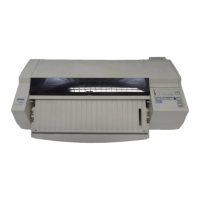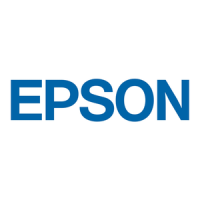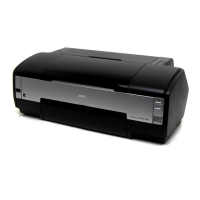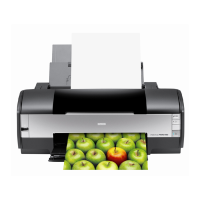Table 1-4 shows the connector pin assignments and signals for the forward channel of the parallel
interface. Table 1-5 shows this information for the reverse channel.
Table 1-4. Connector Pin Assignments and Signals (Forward Channel)
Pin No. Signal Name
Return
GND Pin
I/O Description
1
STROBE 19
I
Reading of data is performed at the falling
edge of this pulse.
2 - 9 DATA 0 - 7 20 - 27
I
Signals DATA0 - DATA7 represent data bits 0
to 7, respectively. Each signal is HIGH when
the data is logical 1 and LOW when the data is
logical 0.
10
ACKNLG 28
O
This signal is a negative pulse indicating that
the printer can accept more data.
11 BUSY 29
O
When this signal is HIGH, the printer cannot
receive data.
12 PE 28
O
When this signal is HIGH, the printer detects a
paper-out error.
13 SLCT 28
O
This signal is always HIGH when the printer is
powered on.
14
AFXT 30
I
15 NC —
—
Not connected.
31
INIT 30
I
The falling edge of a negative pulse or a LOW
signal on this line initializes the printer. A 50
µs (minimum) pulse is necessary.
32
ERROR 29
O
When this signal is LOW, the printer had
detected an error.
36
SLIN 30
I
Not used.
18 Logic H —
O
Pulled up to +5 V via a 3.9 KΩ resistor.
35 +5 V —
O
Pulled up to +5 V via a 3.3 KΩ resistor.
17 Chassis GND —
—
Chassis ground.
16, 33
19 - 30
GND —
—
Signal ground.
15, 34 NC —
—
Not used.
Note: The I/O column indicates the direction of the signal as viewed from the printer.
Printer Features
EPSON Stylus 1500 Service Manual 1-11

